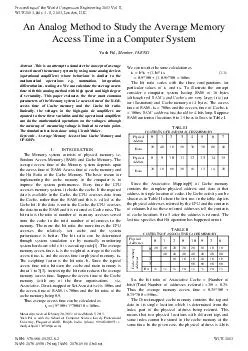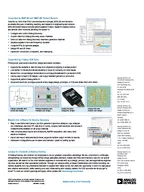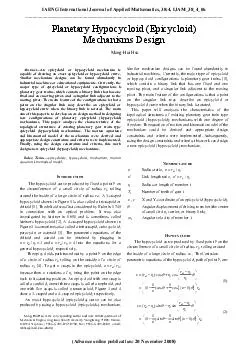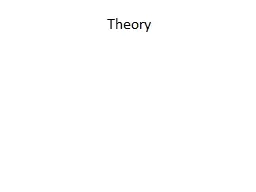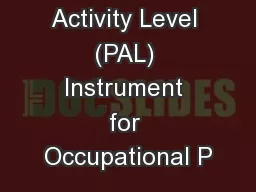PDF-An Analog Method to Study the Average Memory Access Time in a Computer System Yash Pal
Author : stefany-barnette | Published Date : 2014-12-11
g summation integration differentiation scaling etc We can calculate the average access time with this analog method with high speed and high degree of versatality
Presentation Embed Code
Download Presentation
Download Presentation The PPT/PDF document "An Analog Method to Study the Average Me..." is the property of its rightful owner. Permission is granted to download and print the materials on this website for personal, non-commercial use only, and to display it on your personal computer provided you do not modify the materials and that you retain all copyright notices contained in the materials. By downloading content from our website, you accept the terms of this agreement.
An Analog Method to Study the Average Memory Access Time in a Computer System Yash Pal: Transcript
Download Rules Of Document
"An Analog Method to Study the Average Memory Access Time in a Computer System Yash Pal"The content belongs to its owner. You may download and print it for personal use, without modification, and keep all copyright notices. By downloading, you agree to these terms.
Related Documents

